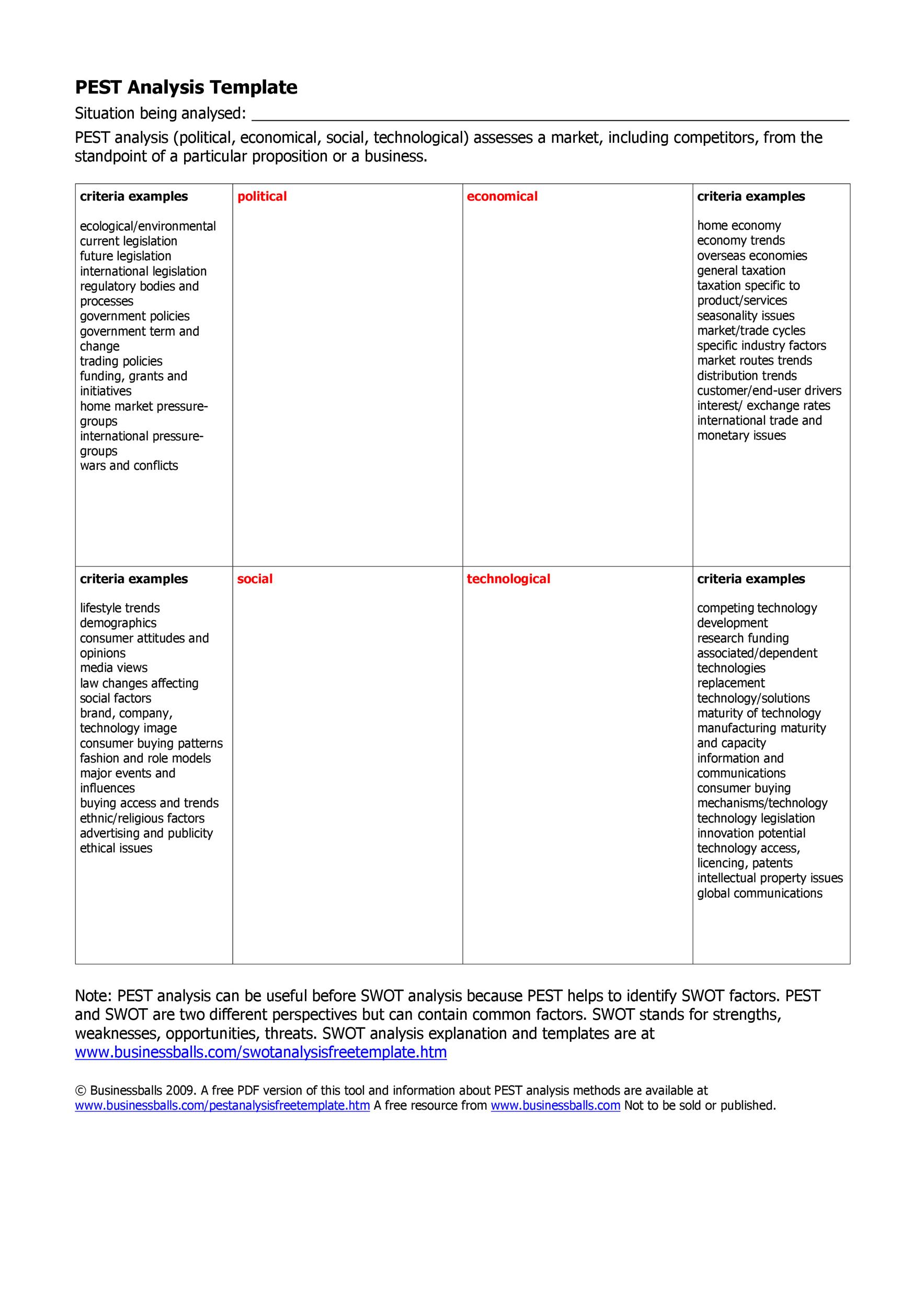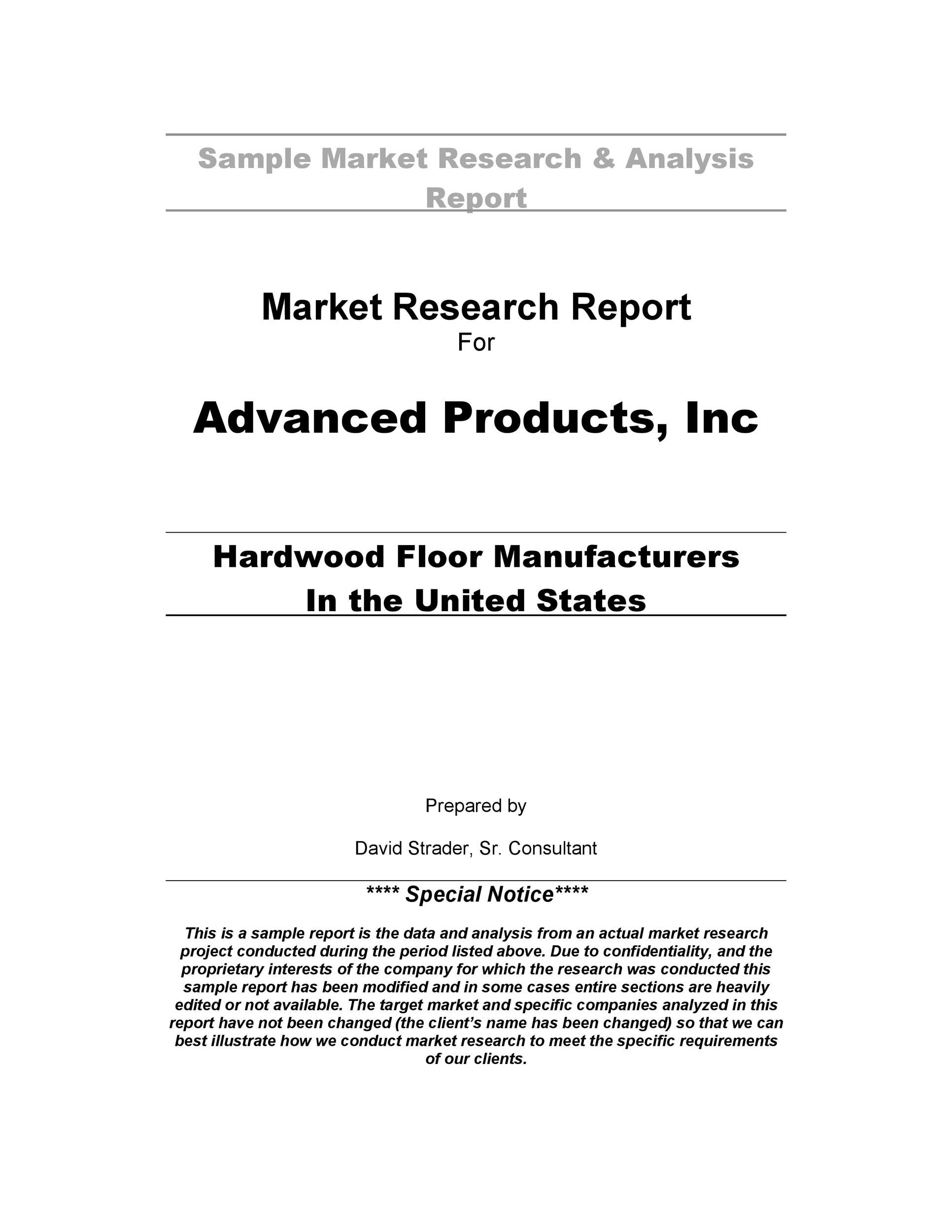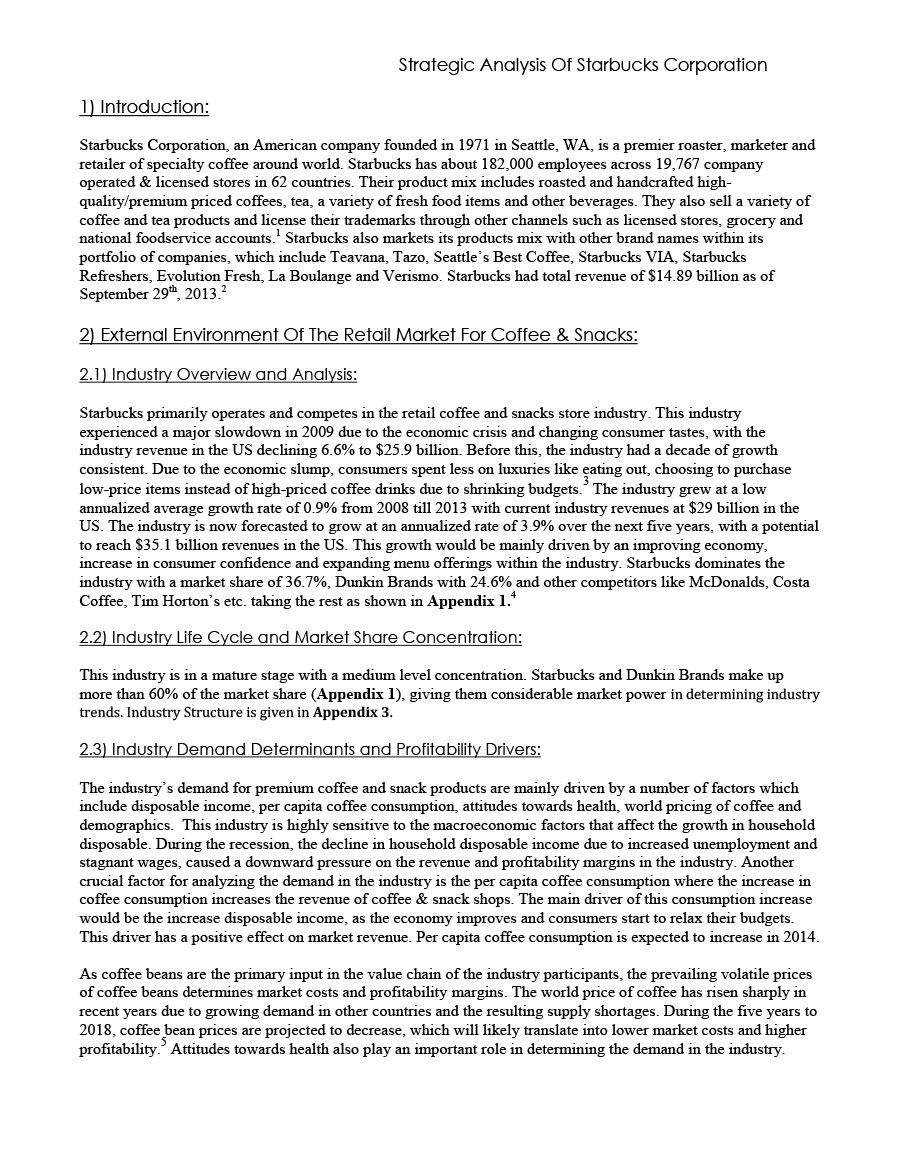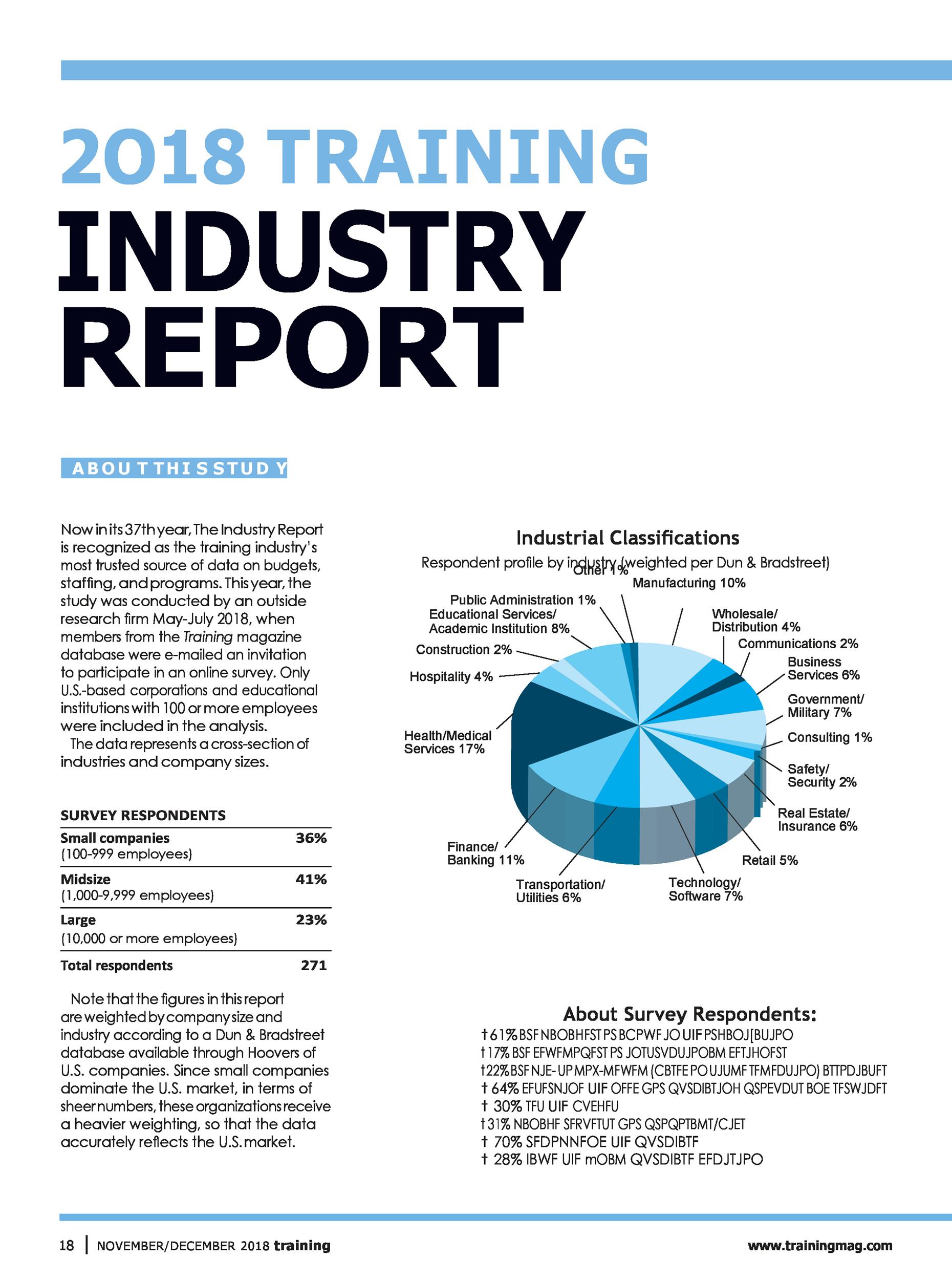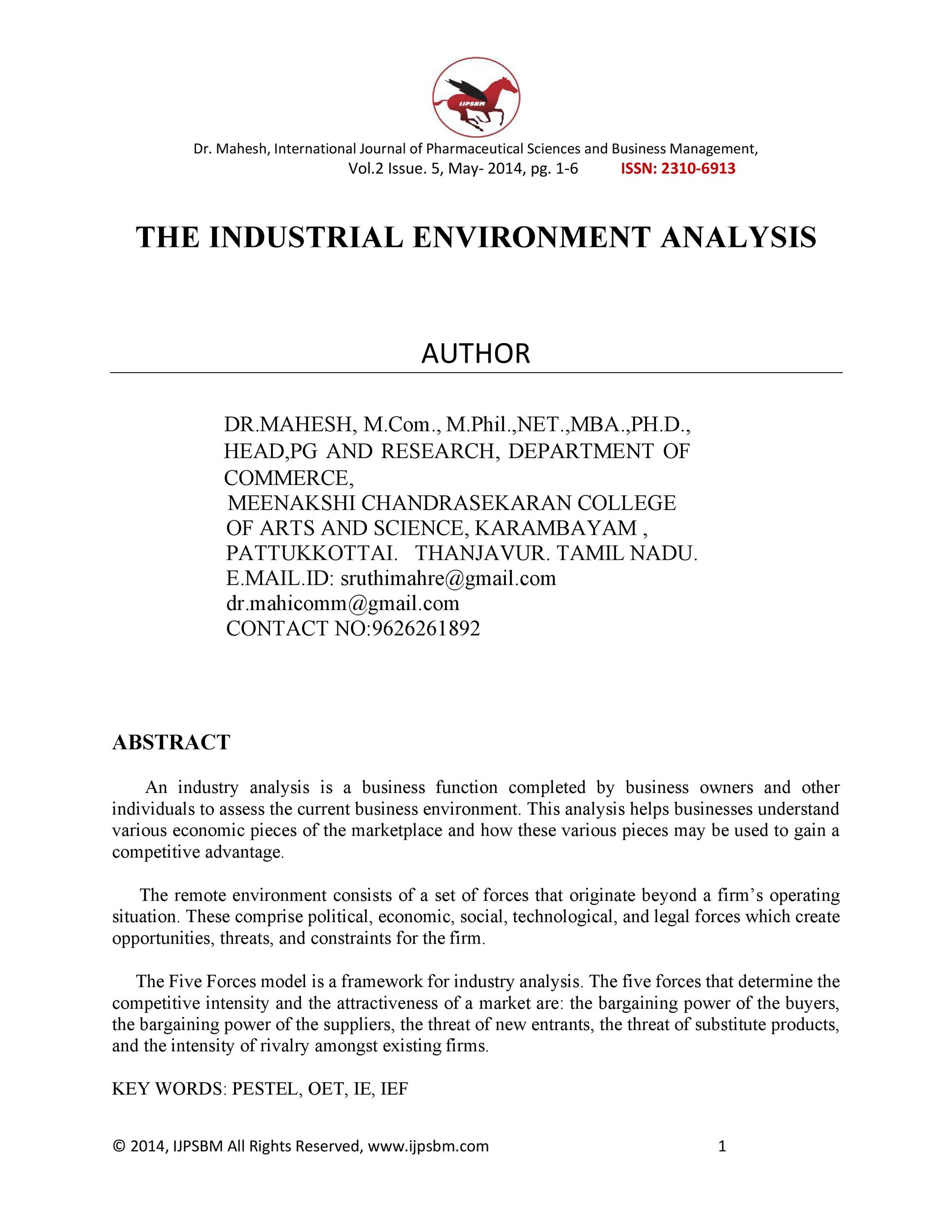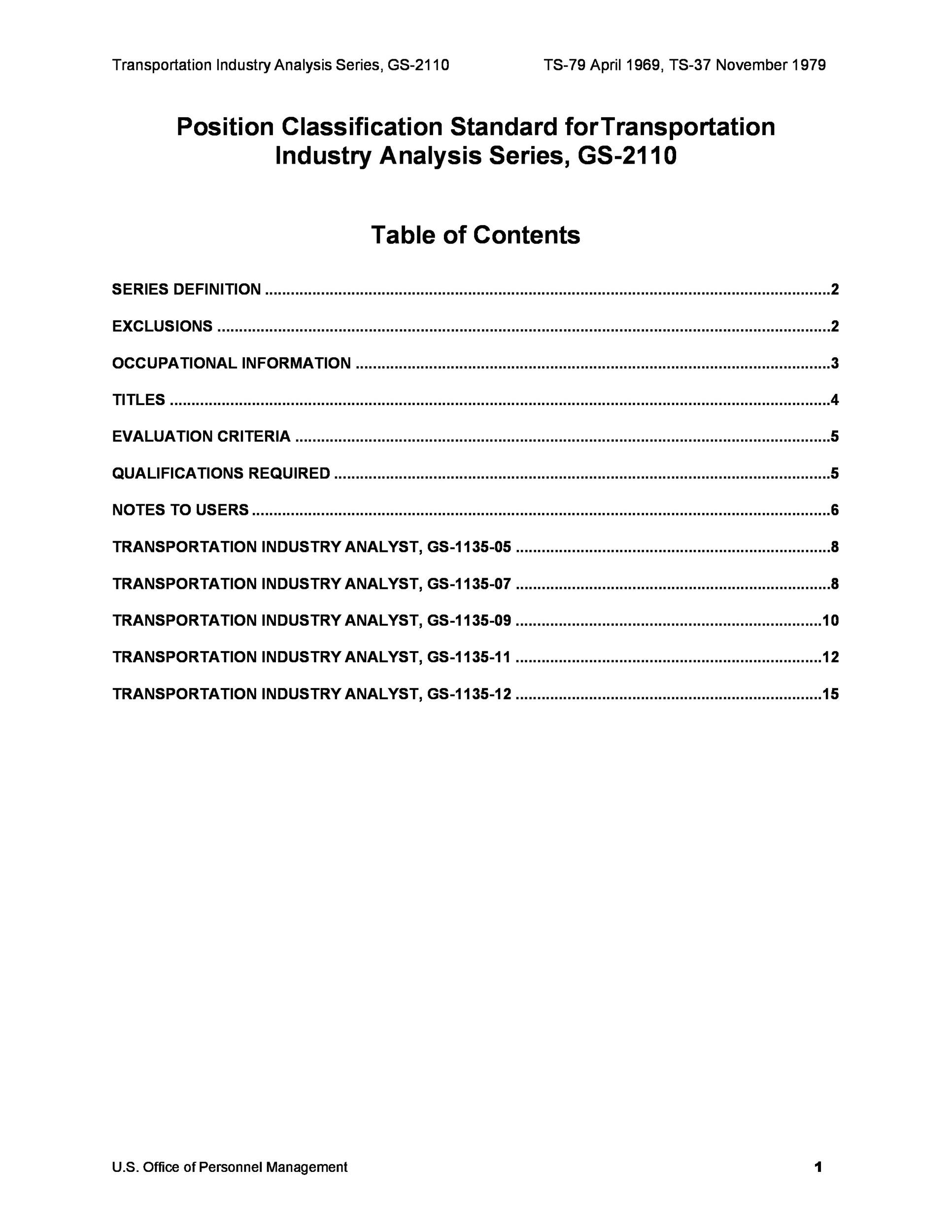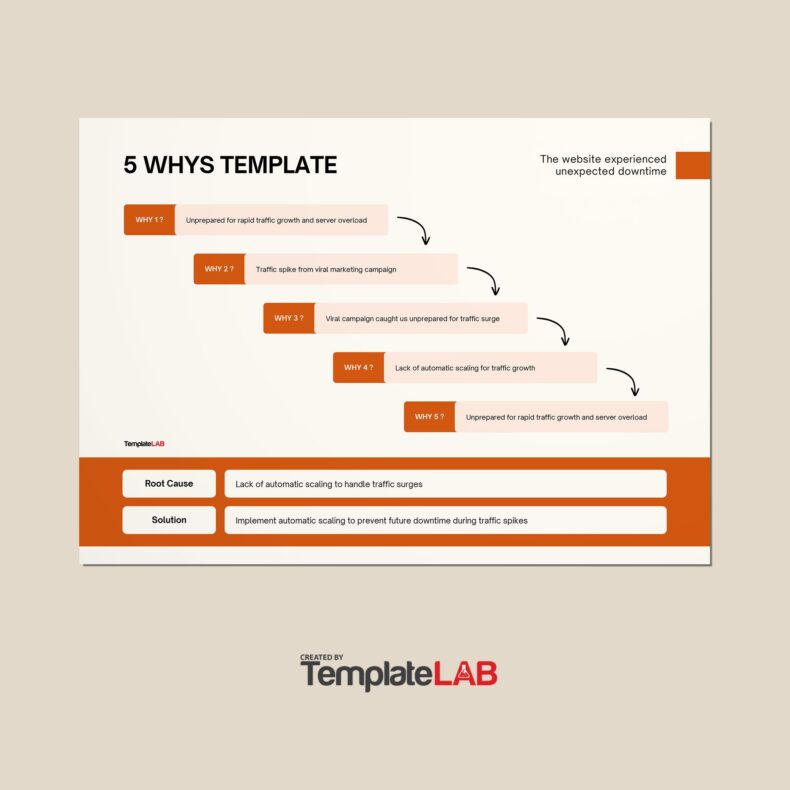If you read an industry analysis example, you’ll see that it’s a type of business function done by business owners in order to evaluate the current status of the business environment. The industry analysis reports help business owners understand the different economic pieces and who they can use these pieces to gain a competitive edge.
Table of Contents
Industry Analysis Examples
Methods for making industry analysis examples
An industry analysis example is a type of tool used in market assessment by analysts and businesses to understand their industry’s competitive advantage. This document helps businesses get a sense of what’s happening in their industry.
For a company or an entrepreneur, creating an industry analysis template is a way to understand its position in relation to others in the industry. The industry research reports also help them identify threats and opportunities which come their way to give them a clear picture of the present situation and the future of the industry.
Industry Analysis Templates
If you want to survive in a business environment that’s always changing, you need to understand how you differ from your competitors and use this information to your advantage. When creating industry analysis reports, there are three main methods to use:
- Competitive Forces Model or Porter’s 5 Forces
This is the most commonly used method when performing industry analysis. This method was first introduced by Michael Porter back in the year 1980 in his book entitled “Competitive Strategy: Techniques for Analyzing Industries and Competitors.”
In his book, Porter says that analyzing five factors provides you with an accurate impression of your industry which, in turn, makes your analysis easier. These five factors are:
The Intensity of the Industry Rivalry
How many participants are in the industry and the respective market shares that they own directly represent that industry’s competitiveness. Both the number and the market shares are directly affected by all of the other factors.
There are some high exit costs like labor unions, government restrictions, high fixed assets, and the like which also push competitors to fight harder so that they can stand out from the competition.
The Threat of Potential Entrants
This serves as an indication of how easy new firms can get into the market of a specific industry. If you find it easy to get into an industry, this means that you would also have to face the risk of new competitors entering the industry too.
Conversely, if getting into the market is highly challenging, businesses which can enter the market can enjoy a competitive advantage while reaping the benefits for a long period of time. Aside from this, businesses won’t have to face constant entry of competitors because of how difficult the process of entry is.
The Bargaining Power of the Suppliers
Business owners typically build relationships with different suppliers for their business. If your particular industry depends on very few suppliers, they hold a substantial amount of bargaining power. Unfortunately, this can have an impact on smaller businesses since it has a direct influence on the price and quality of their final products.
The Bargaining Power of the Buyers
Of course, the complete opposite would happen when the customers are the ones who hold substantial bargaining power. If the customers or buyers hold this market power, they would be in the position to negotiate for higher quality, lower prices or even for additional discounts or services.
This is usually the case in industries where there are a lot of similar business competing with each other for a single buyer. In such a case, you may have to think of strategies to convince the buyer to choose your business.
The Threat of Alternative Goods or Services
All businesses in industries are in constant competition with each other. Sometimes, industries also compete with each other when they’re in the business of producing similar alternative products. Therefore, all of the firms in a specific industry would also have potential competitors from different industries.
Unfortunately, this affects their profitability since they can’t charge high prices. Alternative goods can come in two forms. First, are products which feature the same functionality but come at a cheaper price. Second are products with the same price but are of a higher quality or with more functionality. - Broad Factors Analysis or PEST Analysis
This method is very useful for creating an industry analysis sample as it comes with a framework for the analysis of an external environment. To use this method for your industry analysis template, you would have to analyze the model’s individual components which are:
Political
These factors are the ones which have an impact on the industry. They include specific regulations and policies related to tariffs, taxes, labor laws, environmental regulation, the ease of doing business, trade policies, and political stability.
Economic
These factors refer to the economic forces which have a direct impact like exchange rates, inflation, the capital market conditions, GDP growth rates, interest rates, and so on.
Social
These factors are the ones which make a social impact on industries like demographics, population growth, and how the different trends behave like in the case of social, health, and fashion movements.
Technological
These factors refer to developments and advancements which may change the way your business operates as well as those which affect the lifestyles of people. - SWOT Analysis
SWOT means Strengths, Weaknesses, Opportunities, and Threats. This method is an excellent way of coming up with a summary for your industry research reports of different methods of industry analysis. With it, you can determine the implications of these reports for your business. Factors to consider for this method are:
Internal
These are the factors which are already in existence and which have contributed to your business’ current position.
External
These are the factors which occur as contingent events. Evaluate the importance of these factors by examining the likelihood of their occurrence and how they would affect your business. Also, consider whether you can take advantage of any opportunities or avoid any threats.
Industry Analysis Reports
How to perform an industry analysis?
Creating an industry analysis sample is just one aspect of industry analysis. Even without an industry analysis example, the process is both time-consuming and complicated. If you miss any of the dimensions, you will end up with incomplete industry analysis reports and faulty analysis.
Therefore, you must know the steps to follow for this process. In doing this, you can get the most out of your industry analysis while creating an effective industry analysis template. Here are the steps:
- Review the available reports
If you have any previous industry analysis samples, go through them first. This gives you a better understanding of what you must do. Also, some reports may also contain relevant information which you won’t have to repeat in your new analysis.
Of course, you shouldn’t rely solely on these previous reports, especially when you consider how volatile the market is and how some factors in the industry may constantly change. - Approach the appropriate industry
Keep in mind that come industries have sub-parts so you must focus on the most relevant one. If you don’t approach the right industry, it would be quite impossible for you to come up with an accurate industry analysis example.
Choose your industry and find out if it has sub-parts. If so, choose the one which suits the purpose of your company the most. Also, you may want to investigate the varying market segments in your industry. - Come up with a scenario for demand and supply
All economists know that demand and supply are the main factors which govern markets. For that reason, you must come up with a demand and supply scenario for your industry or product. Do this by examining the past trends along with the forecasting outlook for the future.
You can also perform a comparative analysis with the other competing companies in the same way. Doing this gives you a better idea of your company’s economic health. - Come up with the competitive scenario
This is the most important step in the process. Here, you must come up with and assess the competitive scenario. Typically, analysts use Porters 5 Forces Model for this step. The model serves as your framework for your industry analysis. The great thing about this model is that it works with different kinds of industries. - Learn about recent developments
You can complete your industry research reports just by analyzing the industry on a micro-level. Instead, you must also incorporate the influencing factors at a macro-level. This means that you also learn about recent developments in the industry, innovations in the industry analysis report, and both global and sector comparative valuations. - Focus on the dynamics of the industry
Make sure that your industry analysis example focuses on a specific industry. To do this, you must focus on the dynamics of that industry. Your analysis must be to-the-point and in-depth.
These are the basic steps to follow when performing industry analysis. Following all of these steps ensures that you get the most out of the process and that you can come up with an effective and informative industry analysis report.



